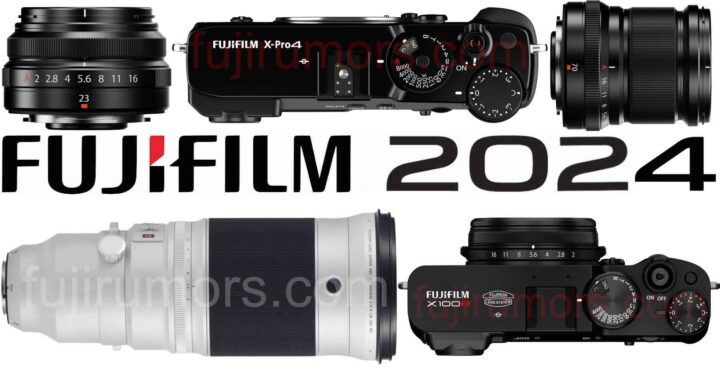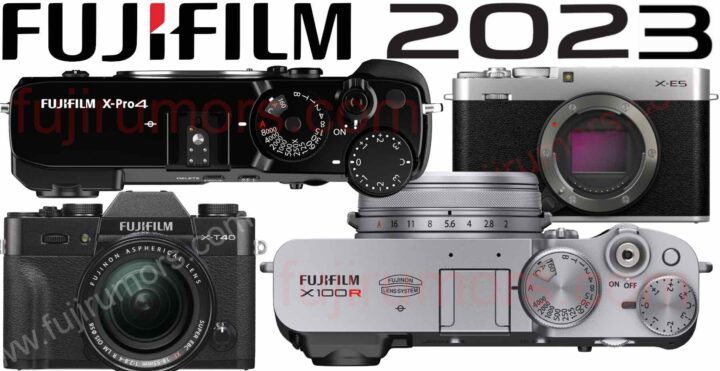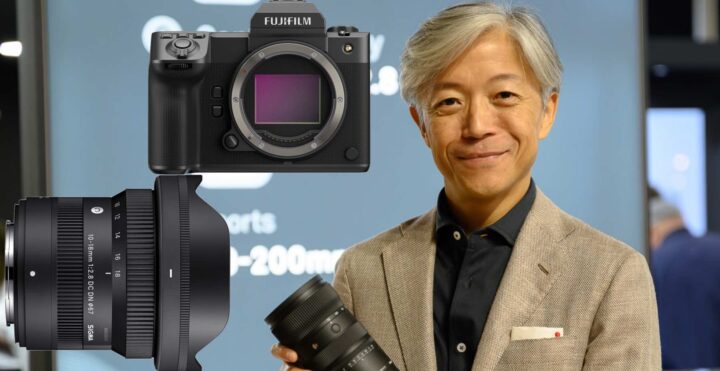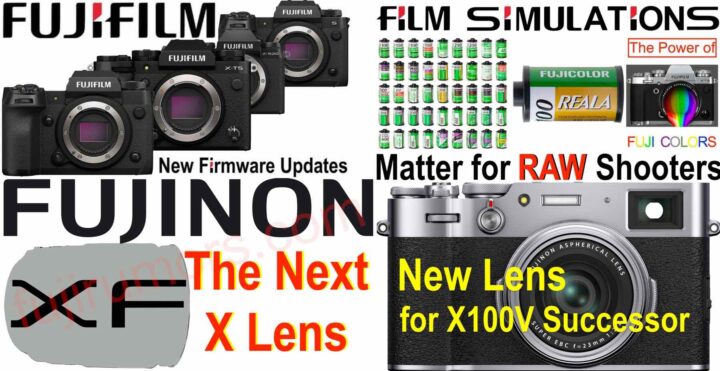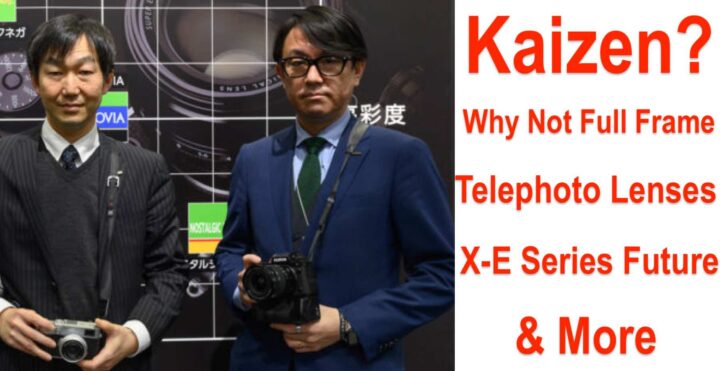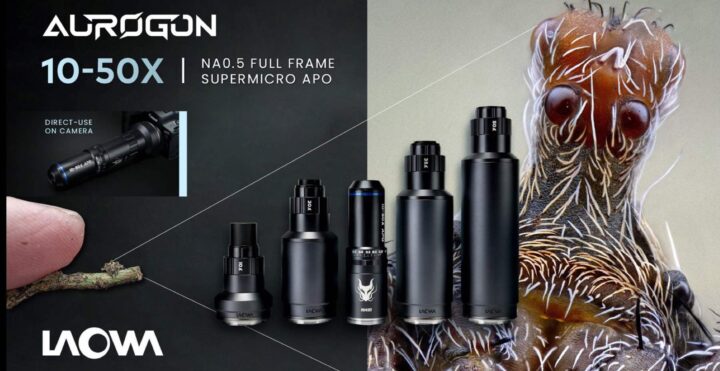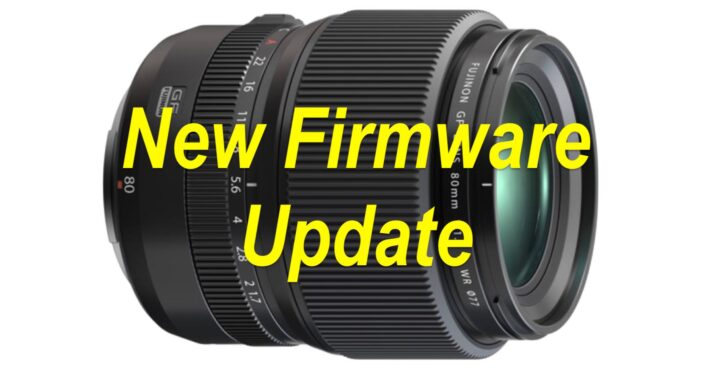Fujifilm Manager: The End of Entry Level (X-E line?), X100V Successor, APS-C and GFX Full Frame Alternative, Market Share and More

The French website Phototrend had the opportunity to interview Franck Bernard, Director of the imaging division at Fujifilm France. You can read the full interview here and the summary below.
- Fujifilm GFX100II and the new GF lenses were well received
- Fujifilm’s strategy is to grip full frame between their APS-C and Medium Format bodies
- When asked if X-H2S is popular among sports photographers, the manager said that the road is long. It’s not only a question of having the best product, but also of having the entire ecosystem
- Overall market share in France? As far as hybrid cameras goes (full frame excluded), Fujifilm is market leader with 26% over the last 12 months
- X-T5 is the best seller followed by X-T30II and X-S20/X-S10
- the photo market is sustainable and will always remain so
- smartphones accelerate the demand for cameras because at some point people will want to use a real camera for better quality
- it’s too early to talk about an X100V successor
- It has now been 3 years since the X100V was released and Fujifilm does not have a fixed renewal cycle forcing them to change bodies every three years
- the demand for X100V is still high
- “If we have decided to stop entry-level products such as X-T200 or X-E4, it is because it is not promising as a market“
- but Fujifilm wants to keep more affordable models in the lineup (see X-T30)
- third party lenses can have negative effect on Fujinon lens sales, but Fujifilm thinks they have the quality to compete with Sigma, Tamron and Co
- Fujifilm is neutral in regards to third party lenses. They don’t oppose nor push them and they respect them
I’d like to make some considerations.
Fujifilm X-E Line
The French manager hinted that they dropped the X-E line, but that pretty much does not fit with the hints recently a Japanese Fujifilm manager gave us here. And also Fuji Guy Billy mentioned here the X-E line as a line that would continue (unlike X-T***, X-A* lines, which btw were just Fujifilm branded Xacti cameras since a long time anyway, as we reported here).
Fujifilm X100V successor
No, it’s not too early to talk about it.
- Fujifilm X100V Successor Coming with a “New” Lens in Early 2024
- Fujifilm X100V Successor Coming Early 2024: The Hottest Name Speculations (and Vote Your Favorite)
Third party Lenses
The French Fujifilm manager said they are neutral towards third party lenses. Although I remember Fujifilm managers inviting Sigma managers and talking about Sigma lenses for example here. So this gives me the impression Fujifilm is quite positive overall towards third party lenses.
The French manager said they think they have the quality to compete with third party lenses. This depends. The newest third party lenses from Viltrox & Co are quite phenomenal for the price. Maybe here and there they might not match the quality of the top of the line most modern Fujinon XF lenses, but there are quality options also from third parties.
The real and most important factors, for me, to use as much as possible native Fujinon lenses are two:
- lots of third party lenses do not have an aperture ring
- color consistency among Fujinon glass. And since a Film Simulation are a big deal for me, I like Velvia & Co to look consistent across the various lenses I use. There are for example third party lenses, like my manual focus Samyang 12mmF2, that are very lovely, but the colors they give me are not the ones I consistently get with my Fujinon lenses.
These are for me the two main reasons why I mostly stick with Fujinon XF and GF glass, although I own third party lenses for both systems, too.
My Personal Gear

